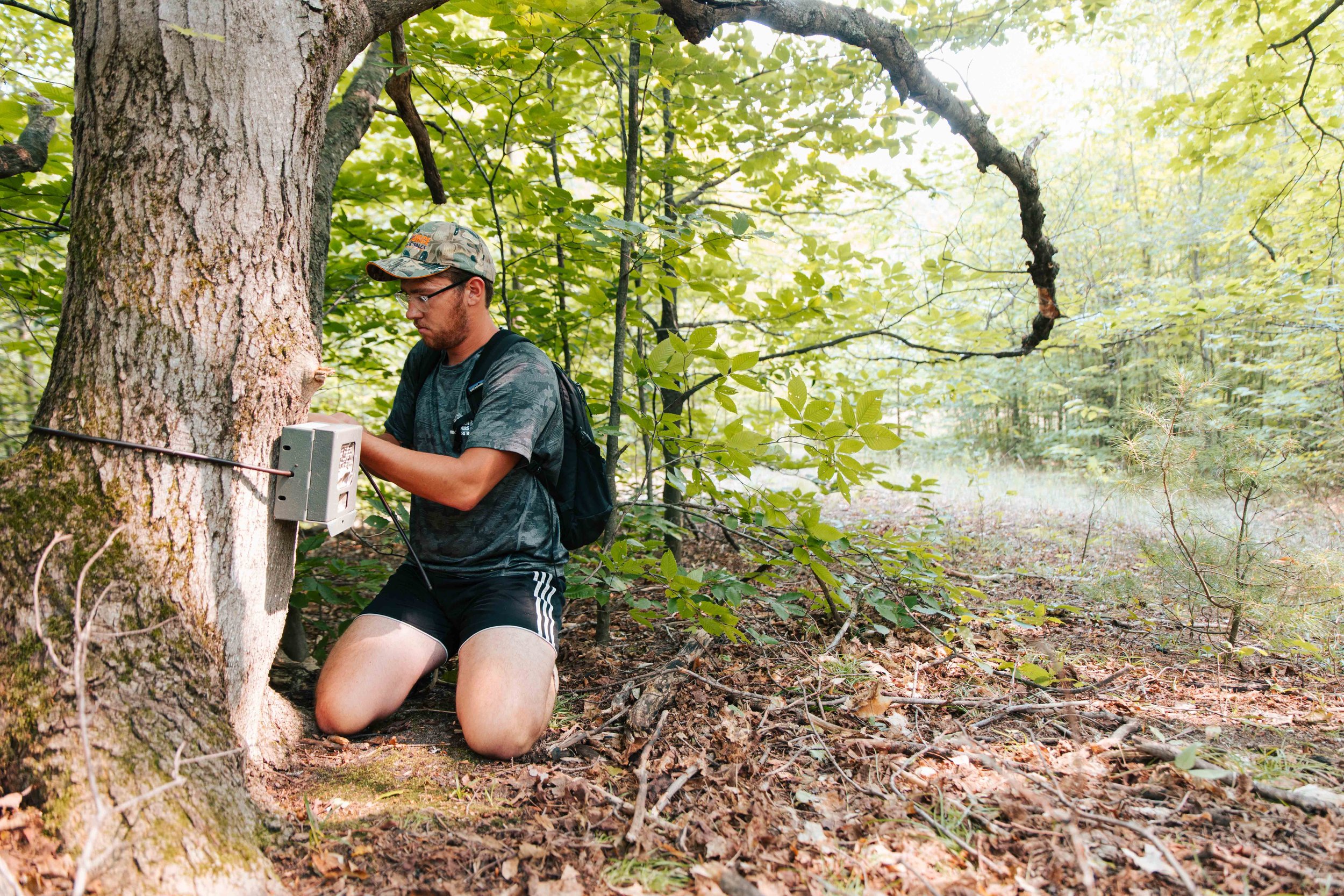Animal Ecology
biol 321 - Great Lakes - Summer Session I
Interrelationships between animals and their biotic and physical environments, emphasizing animal population and community dynamics. A field course that centers on the ecology of northern Michigan fauna from a field biology perspective with an emphasis on stewardship. Included are individual student projects. Prerequisite: one year of introductory science. (4 credits)
Field
Stream Ecology is a Category 2 course in Au Sable’s Ecological Restoration Practitioner, Freshwater Fisheries Practitioner, and Wildlife Monitoring Practitioner. For more information, visit our certificate page.
Professor: Dr. Matt Ingle
Knowledge gained
Principles of animal ecology, including information on distribution, habitat, movement, reproduction, and behavior
Understanding of population and community dynamics
Ability to read and understand scientific literature on animal ecology
Ability to develop and conduct hypothesis-driven research
skills developed
Identification of northern vertebrates, including mammals, birds, reptiles, amphibians, and fishes
Use of capture methods and indicies to assess population size, community diversity, and multi-community similarities
Experience with the Grinnell system for field journaling
Ability to conduct field research, prepare a research poster and present scientific results
field experiences
Wilderness State Park
Lake Skegemog
Hartwick Pines State Park
South Higgins Lake State Park - "Big Day" bird watching competition
Night search for nocturnal animals
Bog & Forest Study site - Daily sampling of small mammals, reptiles, amphibians, and birds

